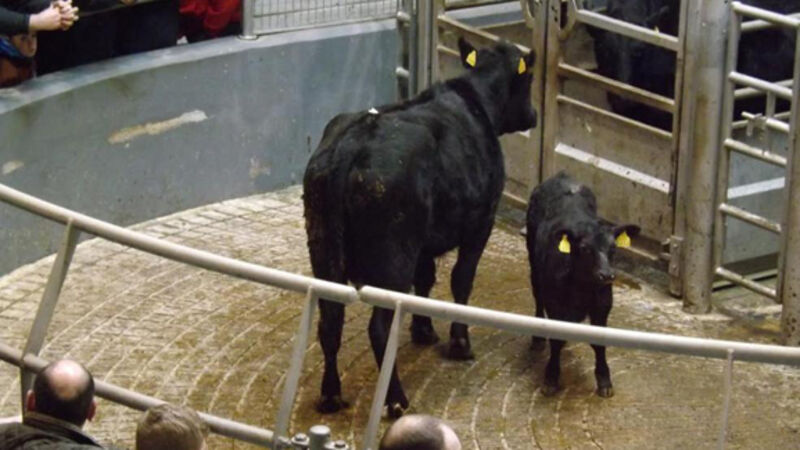Have you got enough forage for 70 plus days?

Revisiting the feed budget is a good way to start off the New Year on your farm.
How much silage remains?
Measure your silage pits, the length by width by height, in feet, divided by 48 gives you an estimate of tonnes of silage remaining, depending on its dry matter content.
How much forage do you need for the rest of the winter?
Base this calculation on what they are currently eating.
This is easy to do if you are weighing the feed in a diet feeder.
If you are feeding grabs of silage, then count the number of grabs being fed daily, and where possible, get an accurate weight for one grab.
Typical silage intakes are 40-50 kg for dry sucklers; 50-55 kg for sucklers with calves; 15-20 kg for finishers; 25-30 kg for stores; and 15-22 kg for weanlings.
Intakes will vary depending on animal weight, but also on silage dry matter and silage quality.
The above figures are approximate, based on typical 2015 silage dry matters of 20-25%.
There are however massive dry matter variations countrywide, with some wet silages made in May, and some exceptionally dry second cuts made in July.
There is also an issue with poor preservation and poor quality bales made in October. These are feeding very poorly and restricting animal performance.
Short of silage?
Don’t wait until you run out to take action.
There is plenty of bale or pit silage available for sale at present at very reasonable prices, if you are worried about your own reserves, go out and buy sooner rather than later.
Remember, however, that you are feeding your animals for performance; so cheap, poor quality silage may cost your business more in the long run.
Therefore, only buy quality silage, or look at alternative feeding.
If you cannot locate good quality silage, then you really should consider an alternative feeding strategy such as meal and straw.









